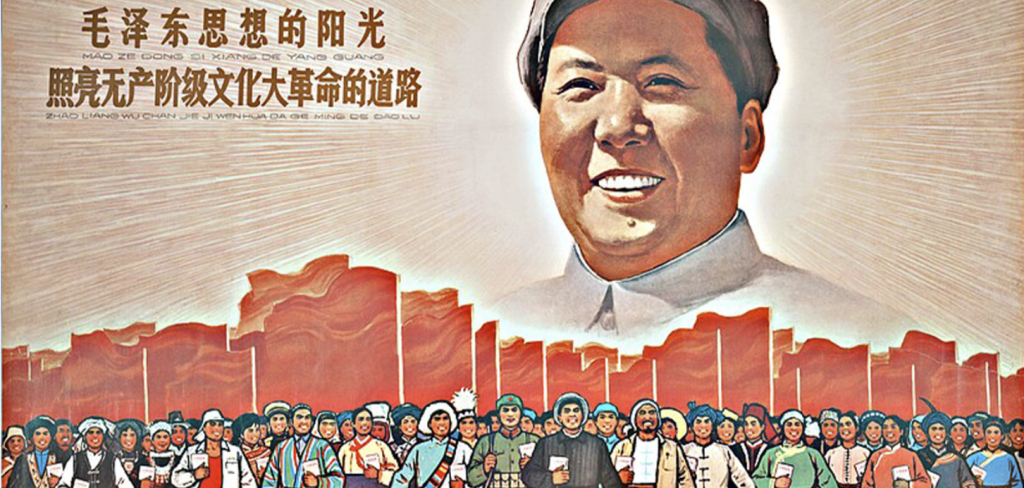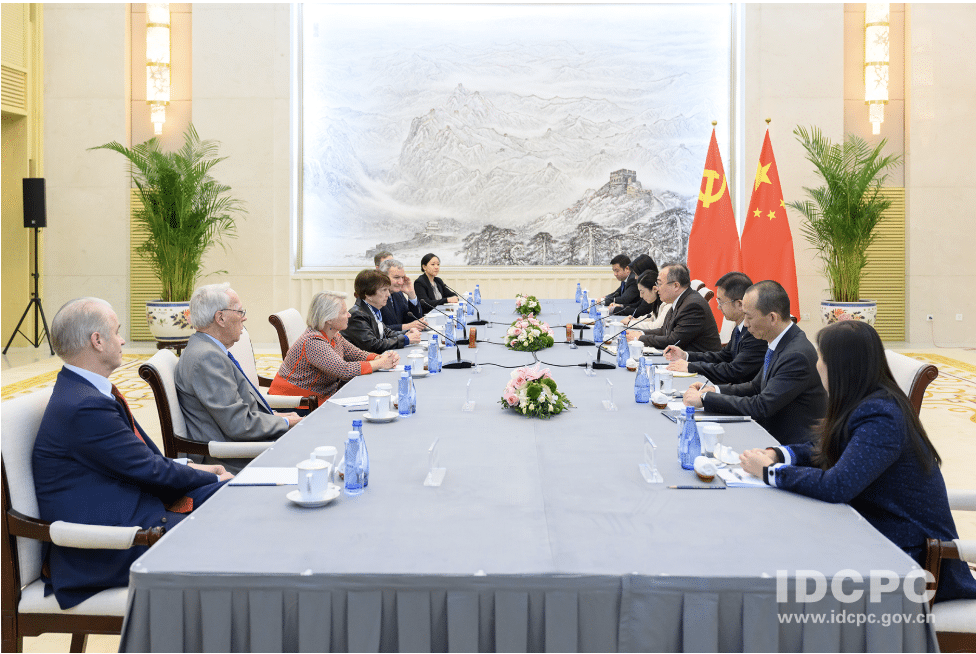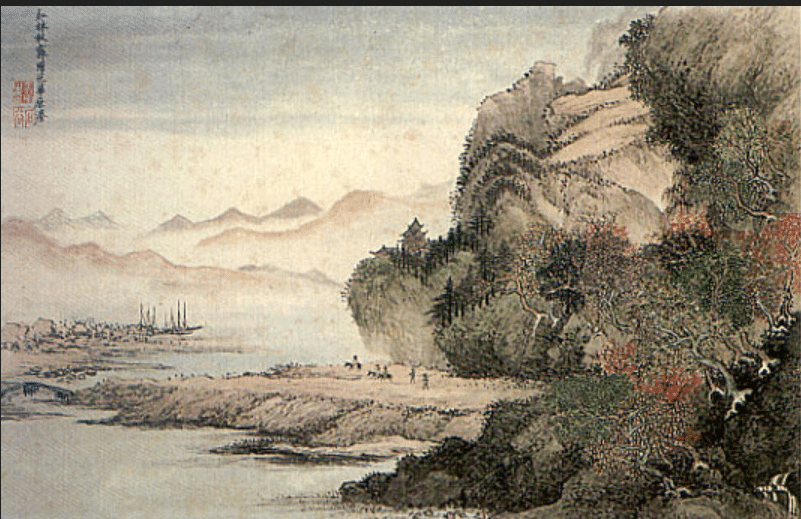Exclusive: It’s A Difficult Road For China and Pakistan
As I recently mentioned, China’s relationship has warmed with many Indian Ocean nations, with the Chinese government investing heavily in infrastructural projects in Sri Lanka, Bangladesh, and the Maldives. The most significant, however, is China’s strong relationship with Pakistan. In terms of logistical concerns, Pakistan provides a strong opportunity for China. One example of major cooperation is the Gwadar Port Project.

The port, which is entering its second phase of development, has received major investment from China, who has covered as much as “80 per cent of Gwadar Port’s $248 million initial development costs” in 2007. The port has been described as “strategic”, and could potentially provide a strong line of communication for the Chinese business and energy security, that bypasses the Indian Ocean, the South China Sea, and, most importantly, the Malacca Strait. Gwadar Port’s location, along the coast of Pakistan’s western province of Balochistan, is key as it is littoral to the Arabian Sea. This would allow trade and energy to funnel from the Middle East and Africa through the Gwadar Port into Pakistan and then into China overland, as China shares a border with Pakistan.
The government of Pakistan has welcomed Chinese investment, with Prime Minister Nawaz Sharif declaring that the China-Pakistan Economic Corridor (CPEC) will benefit Pakistani business and transform the country into a “regional hub and a pivot for commerce and investment”.

While geopolitical concerns are sure to affect perception of China and Pakistan’s economic partnership, however, it seems that more than anything, Sino-Pakistani cooperation is to ensure mutual benefit, as Pakistan will be happy to receive the Chinese investment while China will be happy to find opportunities to bypass the Indian Ocean and the Malacca Strait. However, it must be affirmed that transit through Gwadar port will not become China’s sole means and is rather just a way to diversify commercial logistics. The laws of physics still affirm shipping will still provide more economical means of trade than the rail and highway. As Chinese cooperation with Africa, the Middle East, and Europe develops, Pakistan could serve as a strong opportunity for China to diversify its lines of communication.

However, while the benefits of the CPEC provide a plethora of opportunities for Pakistani Development, many challenges still exist for the cooperation to take hold. While concerns from India will always accompany strong relations with Pakistan, India’s existential enemy, the greater concerns lie more so in domestic difficulties. In Pakistan, Baloch militancy and poverty could upset the stability of rail lines and highways that run from Pakistan to China. Baloch separatists in Pakistan’s Balochistan Province have disrupted the stability of the region. In fact, the Baloch Liberation Army and the Baloch Republican Army, two separatist groups in the Province, have caused disturbances near the Gwadar Port. There are also ethnic Balochs who live in the neighboring regions of Iran and Afghanistan.

Poverty also plays a role, as Balochistan suffers crippling poverty and unemployment. While Chinese investment would be able to provide a strong amount of development in the Province, the new infrastructure is unlikely to utilize the low-skilled workforce of the Province and is unlikely to benefit the local population. This could lead to a variety of difficulties with domestic unrest. Combined with Baloch militancy and the ubiquitous threat of Islamist extremism, economic inequality in the region poses a potential threat for fluid economic activity.
In response with these issues, Pakistan has left nothing to chance and has deployed Pakistani military personnel to defend Chinese investments in the country. However, Pakistan is not alone with the area’s security concerns and China also faces a handful of domestic stability concerns in order to maintain the safety of goods and energy movements from Western China to Eastern China, where economic activity is more developed.

China has supported strong Han Chinese migration into the Western Chinese region of Xinjiang. The region poses as a collection of difficulties for China, as conflicts exist with the native Uyghur people. While ethnic relations between Han and Uyghurs are relatively calm on the personal level, there have been strong conflicts between the Uyghurs and the Chinese government. While religious divisions (the Turkic Uyghurs are overwhelmingly Muslim) have spurred conflict and while Islamic extremism still plays a role in the tensions of the region, much of the troubles derive from what is seen as cultural repression of Uyghur culture and language.
With greater economic activity in the region, specifically Kashgar (called Kashi in Mandarin Chinese), much of the business relationships will be conducted in Mandarin Chinese, English, or possibly Urdu (the language of Pakistan of Hindustani origin), all very different from the Turkish origin Uyghur language. With growing economic activity taking place in Western China, local Uyghurs will be pressed to maintain their language or to assimilate linguistically with Mandarin Chinese.
By AARON WALAYAT Apr. 18, 2016 on USCNPM








